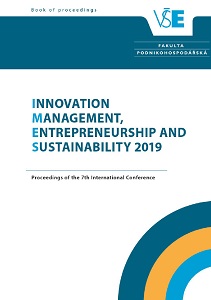
Product Managers for the Digital and Collaborative Age
Purpose: The objectives of the research are (1) to identify the key universal competencies(qualities, personal characteristics and abilities to carry out professional activities successfully)of product managers to work in digital and collaborative environment successfully, as well asto (2) create effective training program based on human-centered design and project basedlearning approaches for development of these competencies. Design/methodology/approach: The key universal competencies were identified and validatedwith the means of in-depth interviews and working day observation of 57 experienced productmanagers and using content analysis and expert assessment. The training program based ondesign thinking and project based learning approaches to develop such competencies of nascentproduct managers was created. To evaluate the effectiveness of the program the pre- and post-surveys of the 20 nascent product managers were administered with 95% response rate. Thedata was analyses using statistical method, i.e. calculation of the mean, standard deviation,mean difference and a paired t-test. The research was held in 2018 and took 5 months for allstages. Findings: Empirical research revealed the key universal competencies of product managersinvolved in innovative product development and working in digital and collaborativeenvironment. The design thinking, project based learning in combination of usage of a digitalrapid prototyping technique have proven to be effective tools to develop these competencies. Research/practical implications: The competencies identified in our initial research can beused in Assessment Centre method for (1)identifying people who are potentially capable forprofessional activity in the field of management of innovative product development, and for(2)assessment of existing product managers to evaluate their effectiveness. Originality/value: Presented study demonstrates the set of key universal competencies ofproduct managers and contributes to identify, assess and train people for professional activityin management of innovative product development using agile, lean and system design thinkingformats and modern digital rapid prototyping technique.
More...